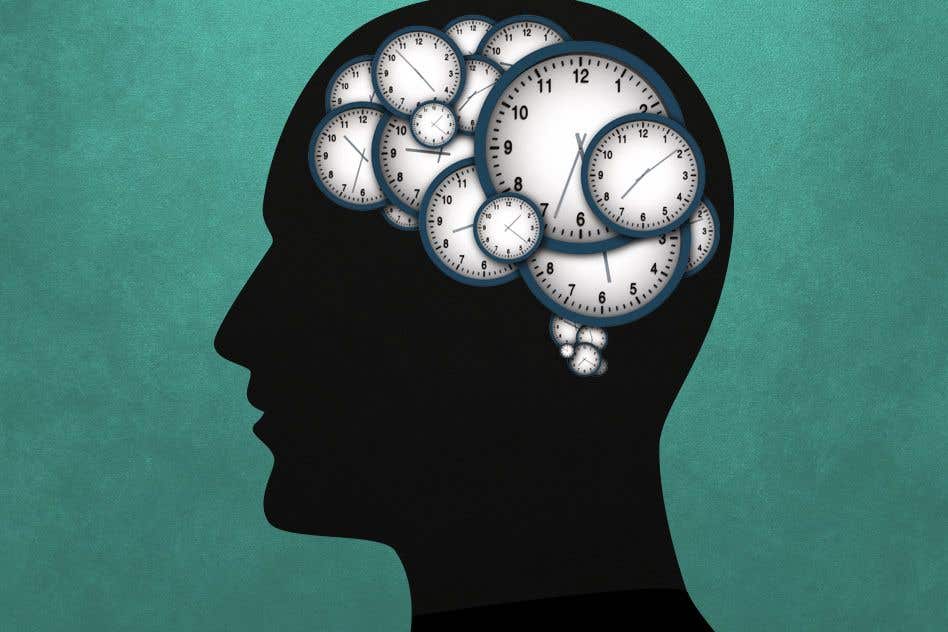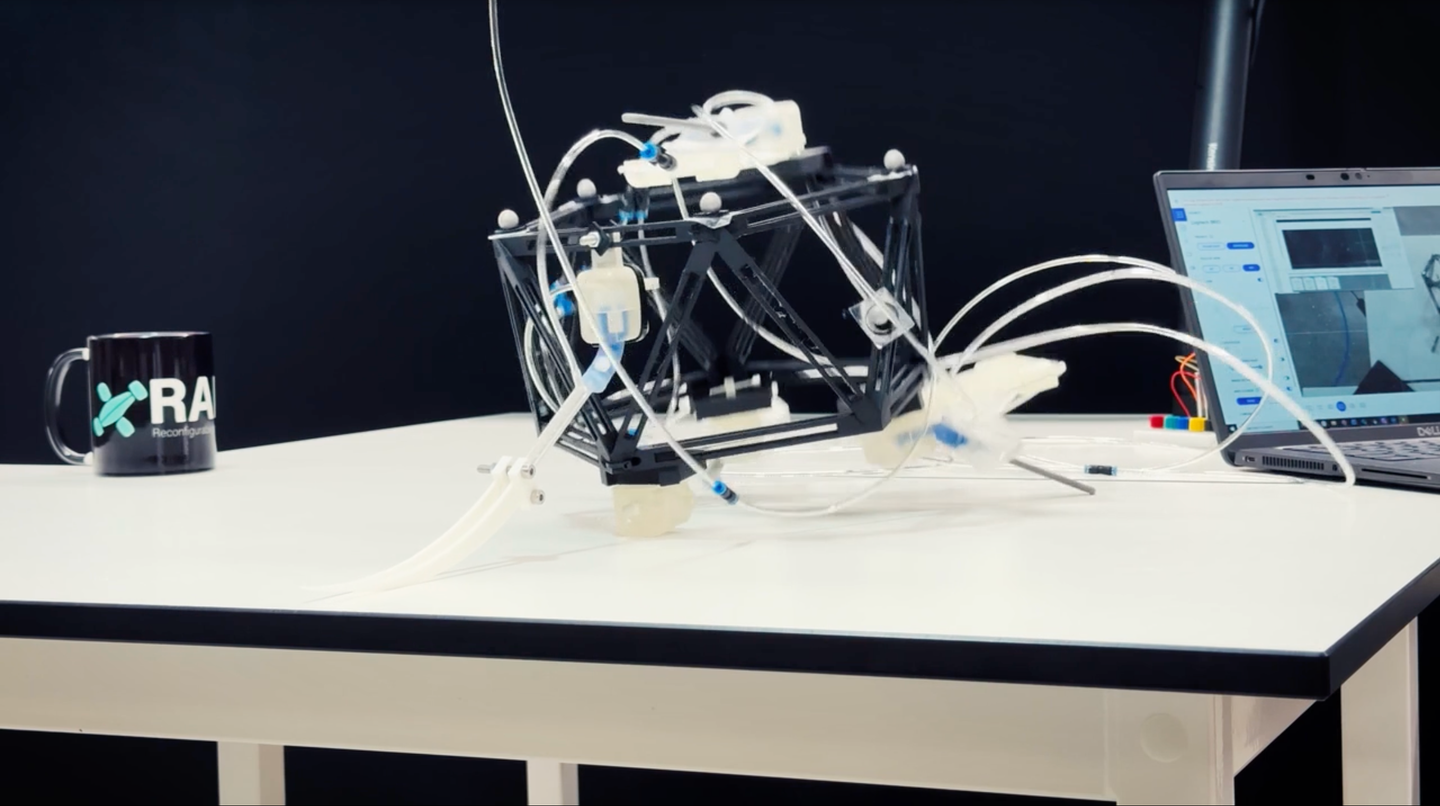Breakthrough discovery identifies how the brain judges time
Put your hand on a hot stove for a minute, and it seems like an hour. Sit with a pretty girl for an hour, and it seems like a minute.

[July 18, 2023: Staff Writer, The Brighter Side of News]
The human preoccupation with time has spanned centuries, from Aristotle’s philosophical reflections on time's nature to Einstein’s groundbreaking theory that introduced time dilation. (CREDIT: Creative Commons)
"Put your hand on a hot stove for a minute, and it seems like an hour. Sit with a pretty girl for an hour, and it seems like a minute." This famous quote by Albert Einstein, the architect of the theory of relativity, encapsulates the flexible and relative nature of time perception.
The human preoccupation with time has spanned centuries, from Aristotle’s philosophical reflections on time's nature to Einstein’s groundbreaking theory that introduced time dilation, a phenomenon suggesting that time can warp and contract, much like the cosmos itself. Notably, this phenomenon is not only exclusive to our external world. Indeed, our neural circuits can also manipulate our subjective experience of time.
In a pivotal study published in Nature Neuroscience, researchers from Champalimaud Research’s Learning Lab shed new light on how the brain's internal clockwork regulates behavior. The team discovered that by artificially manipulating the pace of neural activity in rats, they could stretch or contract the animals' perceived duration of time, providing the most convincing evidence yet of our brains’ fascinating capabilities.
Understanding Our Chronological Compass: Seconds to Minutes
While we have gained substantial insights into the body's circadian clocks that control our 24-hour biological rhythms, shaping elements like sleep-wake cycles and metabolism, the understanding of time measurement on a smaller scale—seconds to minutes—remains underexplored. This temporal window, however, orchestrates much of our daily behaviour, whether it's waiting for the traffic light to turn green or serving a tennis ball.
Related Stories
The study aimed to understand this temporal segment in detail through the lens of the 'Population Clock Hypothesis'. This concept holds that instead of employing a centralized clock akin to a computer, our brains maintain a decentralized and adaptable sense of time. This flexibility is attributed to the workings of neuronal networks distributed throughout the brain, which operate as collective timekeepers.
Joe Paton, the study’s senior author, metaphorically compares this mechanism to the ripples created when a stone is dropped in a pond. "Each time a stone is dropped, it creates ripples that radiate outward on the surface in a repeatable pattern. By examining the patterns and positions of these ripples, one can deduce when and where the stone was dropped into the water,” he explains. Interestingly, much like the variable speed of these ripples, the speed at which these neuronal networks progress can also shift, directly influencing our time-dependent decisions.
Illuminating the Neural 'Ripples' of Time
The Champalimaud team trained rats to distinguish between different time intervals and observed that neural activity in the striatum, a deep brain region, followed predictable patterns that varied in speed. These variations corresponded directly to the animals' perception of time; faster evolving activity led the rats to perceive a given time interval as longer, while slower activity resulted in a perceived shorter duration.
To validate whether the striatal population dynamics were merely correlating with or directly regulating timing behaviour, the team needed an experimental tool to manipulate these dynamics. Recalling an old adage, “Never throw away old tools," lead author Tiago Monteiro and his colleagues turned to a time-honored method in the neuroscientist’s toolbox: temperature manipulation.
Temperature has been successfully utilized in previous studies to alter temporal dynamics of behaviours, such as bird song. By cooling a specific brain region, the song slows down, while warming it speeds up the melody, all without distorting the song's structure. In other words, it's like adjusting the tempo of a musical piece without affecting the notes themselves. The team posited that temperature could similarly tweak the speed of neural dynamics without disrupting its pattern.
Unravelling Time Perception with Temperature
Implementing this methodology, the researchers developed a custom thermoelectric device to selectively warm or cool the striatum while recording the neural activity. They used optogenetics - a technique that uses light to stimulate specific cells - to generate waves of activity in the anesthetized rats' dormant striatum.
Co-lead author Margarida Pexirra notes that they were cautious not to drastically alter the temperature to avoid halting activity or inflicting irreversible damage. As hypothesized, they observed that cooling dilated the pattern of activity, while warming contracted it, without interfering with the pattern itself.
“Temperature then gave us a knob with which to stretch or contract neural activity in time," says Filipe Rodrigues, another lead author in the study. To examine the effects of this manipulation on behaviour, the team trained the rats to judge whether the interval between two tones was shorter or longer than 1.5 seconds. The findings revealed that cooling the striatum led the rats to perceive a given interval as short, while warming it caused them to view it as long. In essence, by heating the striatum and speeding up striatal population dynamics, the rats judged a given time interval as being longer than it actually was.
Deciphering Brain Systems for Motor Control
Intriguingly, despite the striatum's role in coordinating motor control, the manipulation of its activity patterns did not directly affect the animals' movements in the task. This surprising discovery led the team to ponder the nature of behaviour control more deeply. Paton explains that even the simplest organisms face two fundamental challenges when controlling movement: deciding on a course of action (e.g., move forward or backward) and subsequently adjusting and controlling it continuously for effective execution.
The team's findings suggest that the striatum is crucial for addressing the first challenge - determining 'what' to do and 'when' - while the 'how' of controlling the ongoing movement is handled by other brain structures. In an ongoing separate study, the team is investigating the role of the cerebellum, which comprises more than half of the brain’s neurons and is associated with the continuous execution of our actions.
These distinct roles of the striatum and the cerebellum have significant implications for our understanding of movement disorders like Parkinson’s and cerebellar ataxia. In Parkinson's disease, which affects the striatum, patients often struggle to self-initiate motor plans. Still, sensory cues can aid in walking by engaging intact brain regions like the cerebellum and cortex. Conversely, patients with cerebellar damage grapple with smooth and coordinated movements but do not necessarily struggle with the initiation or transition between movements.
Looking Ahead: Implications and Future Directions
By offering new insights into the causal relationship between neural activity and timing function, the team's findings could potentially steer the development of novel therapeutic targets for debilitating diseases such as Parkinson’s and Huntington’s. These conditions are marked by time-related symptoms and a compromised striatum. Additionally, by elucidating a more specific role for the striatum in discrete, as opposed to continuous, motor control, the results could also influence algorithmic frameworks used in robotics and learning.
However, despite these significant breakthroughs, there are many mysteries yet to be unravelled. As Monteiro jests, "Ironically, for a paper about time, this study was years in the making." The team is eager to dive deeper into the source of these timekeeping ripples of activity, their potential functions beyond timekeeping, and how they help us adapt and respond intelligently to our environment.
Indeed, as they delve deeper into these enigmas, the researchers understand that they will require more of the very subject they've been studying - time. While the team can now slow down or speed up time as experienced by rats, much more remains to be discovered.
For more science stories check out our New Discoveries section at The Brighter Side of News.
Note: Materials provided above by The Brighter Side of News. Content may be edited for style and length.
Like these kind of feel good stories? Get the Brighter Side of News' newsletter.



